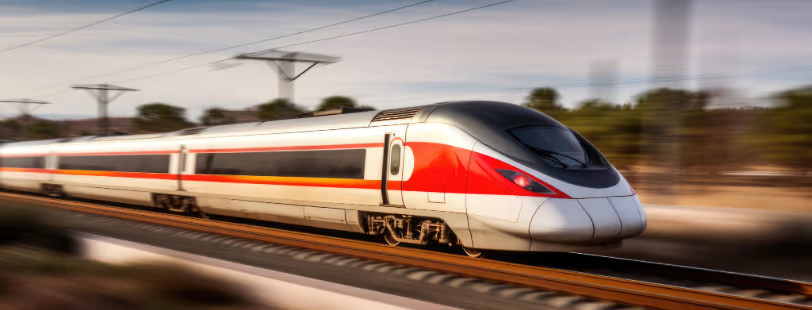
Berlin set to introduce self driving S-Bahn trains
The new self driving S-Bahn trains will still be operated by drivers when they are introduced.
However, they must be designed in such a way that the technology for autonomous driving can be retrofitted later, according to Berlin Transport Senator Regine Günther (Green party).
The trains are expected to be fully in service in Berlin and its neighbouring eastern state of Brandenburg by the end of 2026.
Self-driving public transport is not a new phenomenon in Germany. In September 2018, Brandenburg’s capital of Potsdam launched the world’s first self-driving tram, developed by German engineering company Siemens.
Berlin public transport operator BVG already began testing six-seater, self-driving busses this August, which are running free of use until the end of the year.
The capital was following the lead Bavarian town Bad Birnbach, which pushed forward Germany’s first self-driving bus in 2017.
S-Bahn parent company Deutsche Bahn has previously said that it wants to have a portion of its network drive automatically by 2023.
When will self driving S-Bahn trains be introduced?
On Tuesday, the Berlin Senate launched the tender for the S-Bahn. For the first time, the state will finance the purchase of the new S-Bahn wagons itself and set up a corresponding car pool.
The package has a volume of almost €8 billion, and concerns the inner city S-Bahn trains and the north-south lines running through Brandenburg, which the Berlin Senate wants to improve in speed, punctuality and comfort.









